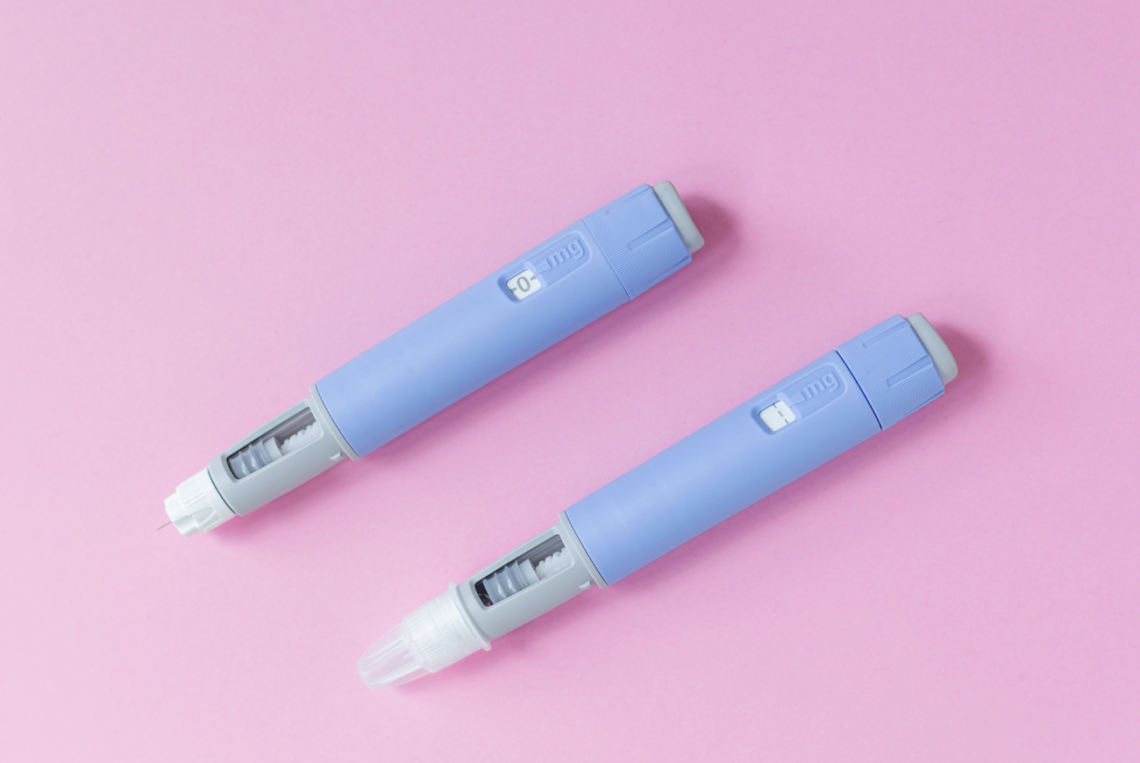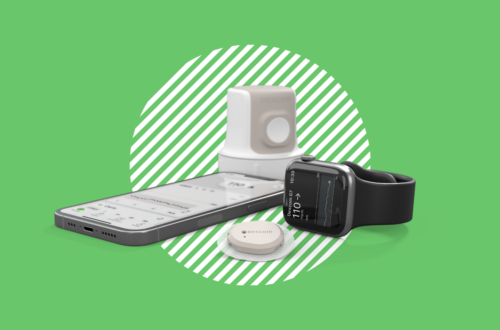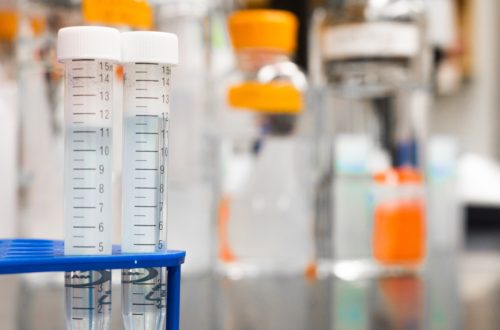
Mitigating Therapeutic Inertia of GLP-1 Use in T2D
Glucagon-like peptide-1 receptor agonists, commonly known as GLP-1 RAs, have recently garnered significant media attention. Initially developed to improve glycemic control in patients with type 2 diabetes, these medications have also proven to be highly effective for weight loss and enhancing cardiovascular health. However, without proper initiation, titration, and support from the care team, they can often be ineffective and unsustainable. Patients can become stuck in therapeutic inertia.
I had the pleasure of presenting on this topic with a pharmacy colleague at this year’s ADCES Annual Conference for diabetes care and education specialists. Here’s how we identified and provided solutions for four common barriers to advancing GLP-1RA therapy in type 2 diabetes.
#1. Cost and Access
It’s no secret that GLP-1s, like Ozempic or Mounjaro, are incredibly challenging to find right now. They have been on FDA’s drug shortage list for months. Even for those who can obtain the prescriptions, insurance coverage is not guaranteed. Some patients have experienced severe sticker shock at the pharmacy, with prices reaching upwards of $1,200 per month. However, access, cost, and coverage do appear to be improving. Consider some of these strategies if cost and access are contributing to therapeutic inertia for you or your patients.
- Compounding Pharmacies: While the FDA has issued a warning cautioning against the use of compounded semaglutide, if you find your patient purchasing from a compounding pharmacy, be sure they choose a reputable one. Try to write for branded rather than generic semaglutide.
- Titration Schedules: Consider writing prescriptions for multiple strengths to avoid dispensing delays, but be sure it provide clear dosing instruction to avoid errors.
- Switching Brands: If your patient can find the prescribing, consider writing for a different GLP-1 that may have better availability in your area.
- Coupons and Co-Pay Cards: Manufacturer coupons, co-pay cards, and patient assistance programs can be viable options to help reduce the cost.
#2. Adverse Side Effects
After cost and access, adverse or negative side effects are the most common complaints with GLP-1 use and a major reason why many people might discontinue before experiencing the metabolic benefits. Consider these nutritional strategies to ease discomfort.
- Smaller, More Frequent Meals: Overeating can put pressure on the stomach, creating the sensation of nausea and even leading to vomiting. Stopping before becoming overly full and planning to eat more frequently can be very effective in managing these symptoms.
- Increase Fluid Intake: This strategy can help alleviate all four common complaints (nausea, vomiting, diarrhea, and constipation). Have patients aim for atleast 10 cups (80 oz) of fluids per day. If vomiting occurs, consider an oral rehydration plan, such as diluted juice or Gatorade. Sometimes, holding fluids for about 30 minutes before and after meals can also help.
- Increase Fiber Intake: Aim for 14 grams per 1,000 kcal, or at least 25 grams per day for women. Consider supplementation with psyllium husk or methylcellulose to ensure adequate intake.
- Reduce Fat Intake: High-fat meals can increase feelings of fullness and worsen acid reflux or the dreaded “sulfur burps” commonly associated with GLP-1 use. Incorporating low-fat food swaps and cooking methods can help alleviate these symptoms.
- Homeopathic Treatments: Chews and teas with ginger, peppermint, chamomile, and lemon are known to be effective for both nausea and vomiting. Aromatherapy with lavender, spearmint, cardamom, and clove may also provide relief. There is some evidence supporting the use of acupressure in and around the foot and ankle for symptom relief as well.
If nutritional strategies prove ineffective, consider switching the brand of GLP-1. Despite being in the same class of medication, there is known variability in side effects between different brands.
#3. Healthcare Team Bias
Healthcare team bias refers to the assumptions, thoughts, and opinions that healthcare professionals bring to discussions about GLP-1 use. These biases can include beliefs about the efficacy and safety of the medication, whether it is necessary for a particular patient, or even whether its use will be sustainable in the long term. The problem with provider-driven bias is that it leaves little room for patient-centered care.
The most effective way to counter bias is through continuous education and knowledge-sharing. We simply can’t address what we’re unaware of. Sharing articles, publications, and updates to guidelines within the clinical care community is essential for advancing practice.
#4. Patient Bias
Believe it or not, GLP-1 users (the patients) bring their own biases to the table as well. With the recent surge in negative media coverage of GLP-1s, there is a lot of guilt and shame surrounding the use of this highly effective and beneficial class of medication.
- Discuss the mechanism of action. It’s not uncommon for patients to refer to drugs like Ozempic as “skinny shots,” which detracts from their broader benefits to metabolic health.
- Discuss adverse effects. Providing clear and concise information about what to expect can help alleviate the fear associated with starting a new medication. Emphasize that everyone’s experience may be different.
- Discuss the timeline. Some people may need to use GLP-1 indefinitely, while others may consider discontinuation once they’ve achieved their glucose and weight goals. Highlight the importance of maintaining lifestyle modifications to support long-term success.
- Address moral conflicts. It’s not “cheating” to use a medication that helps with weight loss and glucose management—in fact, it’s a smart choice!
Key Takeaways
- Prioritize individualized, patient-centered care with shared decision-making, recognizing that each person with diabetes has unique needs, preferences, and life circumstances that influence their treatment.
- Educate. Educate. Educate. Share evidence-based information widely. Ongoing education ensures providers are up-to-date with the latest clinical guidelines, research findings, and innovations in diabetes medication.
- Develop a clear plan with both short and long-term goals. Set people up for success by establishing clear expectations around their medication timeline and outcomes, with an emphasis on enhancing patient empowerment.
- Trujillo J, Nuffer W, Smith B. GLP-1 receptor agonists: an updated review of head-to-head clinical studies. Ther Adv Endocrinol Metab. 2021;12:1-15.
- Filippatos T, Panagiotopoulou T, Elisaf M. Adverse effects of GLP-1 receptor agonists. The Review of Diabetic Studies. 2015;202-230.
- Wilding JPH, Batterham RL, Davies M, et al. Weight regain and cardiometabolic effects after withdrawal of semaglutide: The STEP 1 trial extension. Diabetes Obes Metab. 2022;24(8):1553-1564. doi:10.1111/dom.14725
- Moon J, Koh G. Clinical Evidence and Mechanisms of High-Protein Diet-Induced Weight Loss. J Obes Metab Syndr. 2020;29(3):166-173. doi:10.7570/jomes20028
- Gorgojo-Martínez JJ, Mezquita-Raya P, Carretero-Gómez J, et al. Clinical Recommendations to Manage Gastrointestinal Adverse Events in Patients Treated with Glp-1 Receptor Agonists: A Multidisciplinary Expert Consensus. J Clin Med. 2022;12(1):145. Published 2022 Dec 24. doi:10.3390/jcm12010145
- Gabbay RA, Kendall D, Beebe C, et al. Addressing therapeutic inertia in 2020 and beyond: a 3-year initiative of the american diabetes association. Clinical Diabetes. 2020;38(4):371-381. doi:10.2337/cd20-0053.


You May Also Like

Product Review: Dexcom G7
April 3, 2023
4 Clinical Pearls from the 2024 ATDC Conference
July 16, 2024
